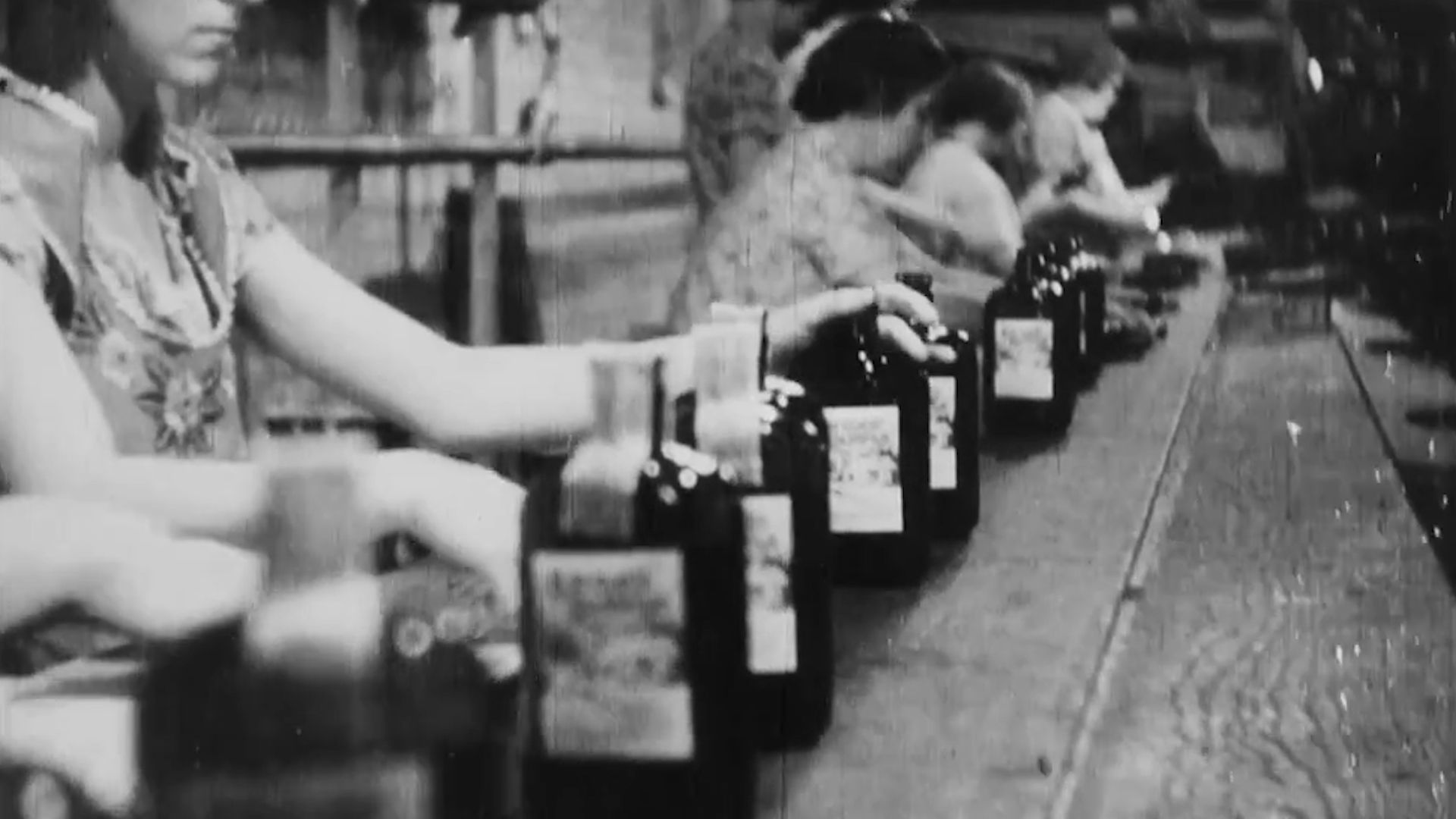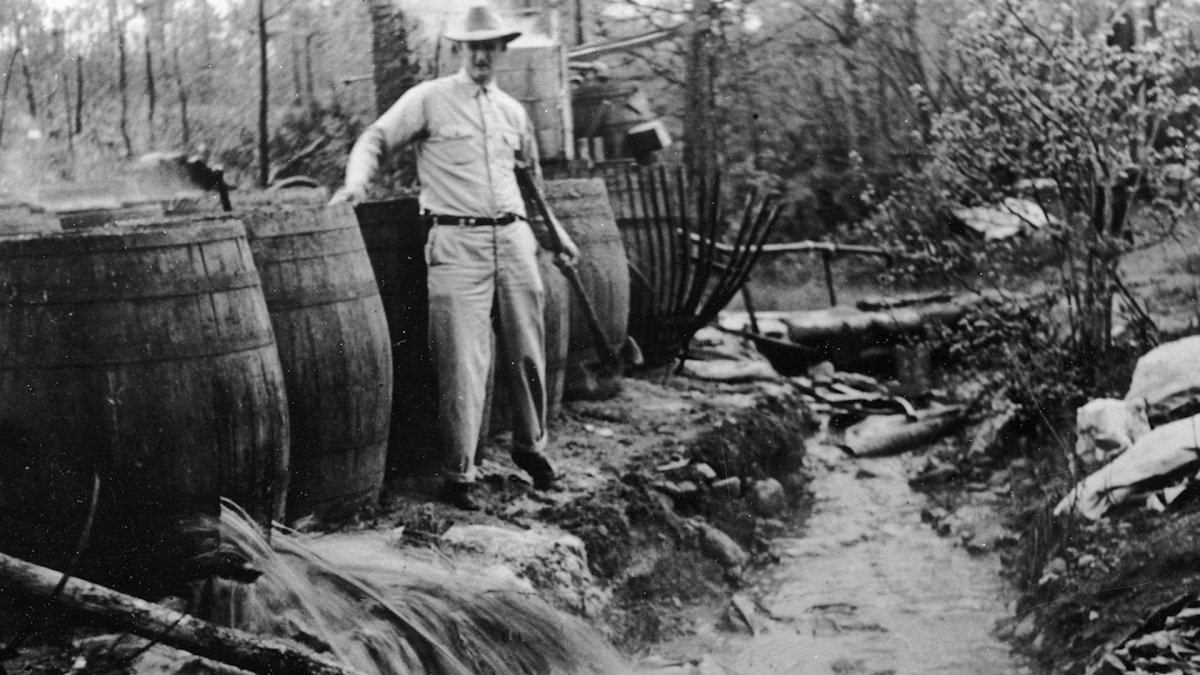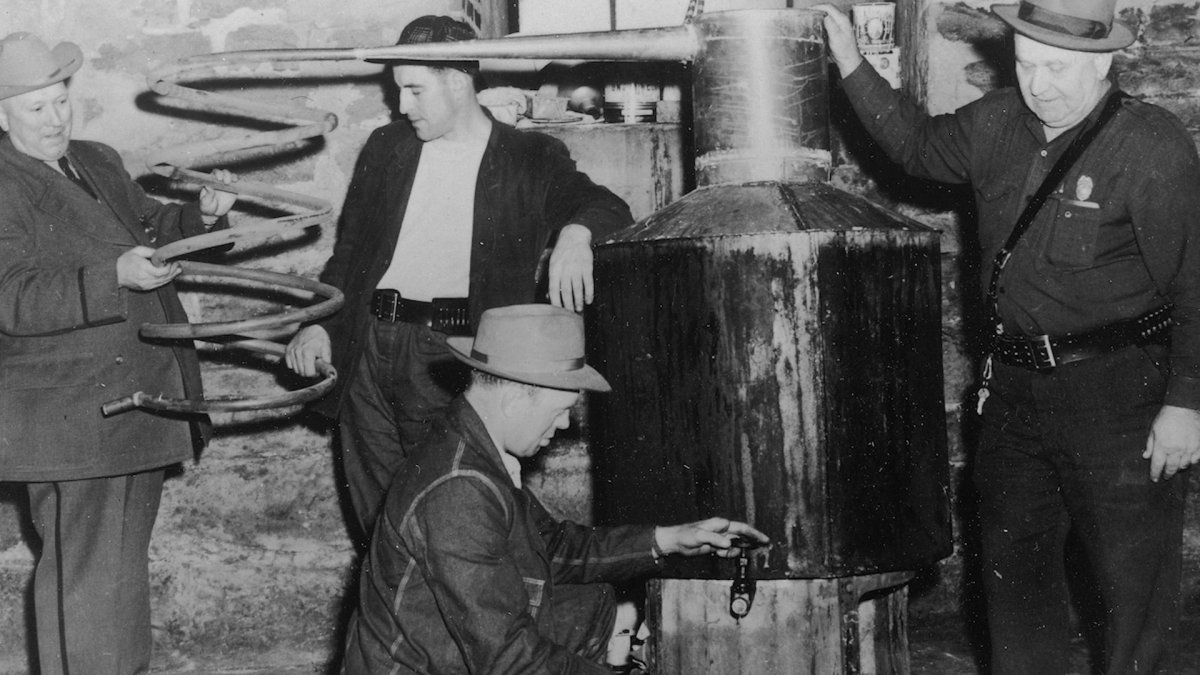
On January 16, 1919, Congress announced that in one year's time, the United States would go dry. According to the 18th Amendment, ratified on that day, the manufacture, sale or transportation of "intoxicating liquors" would be prohibited in the United States. The era of Prohibition had begun.
"In looking at the Prohibition reformers, there was an idealism that inspired them and infused the movement. They believed that by eliminating alcohol, you would then have this improved society," Professor Maria Iacullo-Bird told Newsweek. Iacullo-Bird is a Clinical Associate Professor of History at Pace University and serves as the Arts and Humanities Chair for the Council on Undergraduate Research.
The following year, the 18th Amendment was strengthened by the passage of the National Prohibition Act, also known as the Volstead Act. It defined what the government would label as "intoxicating liquors" as any liquid containing "one-half of 1 per centum or more of alcohol by volume." The Volstead Act enabled the government at both the Federal and state level to enforce the policy of Prohibition.
To understand how Prohibition came to be, Iacullo-Bird pointed out the crucial push from movements beginning in the 19th century, such as the Woman's Christian Temperance Union and the Anti-Saloon League.

"The emergence of temperance becomes part of the movement for reform in antebellum America before the Civil War," Iacullo-Bird said.
Through religious groups, the temperance movement arose, taking a critical view of alcoholic consumption. Some members of temperance groups blamed drinking for what they percieved as the downslide of American society, particularly traditional family life.
"The shrewd, strategic efforts of the Anti-Saloon League gave rise to alliances with other groups in society who were intent on reform," Iacullo-Bird explained.
Prohibition proponents gained further momentum through ties with the populist and progressive movements, which had expanded throughout the nation by the early 20th century. While the central aim of reform movements active prior to Prohibition were varied, they shared a common purpose.
"Throughout the whole strain of this, going back even to the 1800s, there's this notion of perfectibility—how to help people be better, and of course then bring that perfectibility to American society," Iacullo-Bird said.
Iacullo-Bird attributed the failure of Prohibition to a number of critical missteps.
First, though the Volstead Act enabled both the Federal and state governments to enforce the policy of Prohibition, the level to which each state carried out these policies varied wildly.
Parts of the country where the temperance movement enjoyed a stronghold, and where Prohibition laws were already on the books, such as Oklahoma and Kansas, largely maintained the social order that was in place before the implementation of Prohibition on the Federal level. For other states, however, the policy proved to be a major shift to the status quo.

"A state like Maryland never enacts legislation to prosecute for Prohibition because there was a fundamental disagreement in supporting it. New Jersey also was anti-Prohibition," Iacullo-Bird said.
The onus of enforcement fell largely on the shoulders of the Federal government, to ensure nationwide adherence to the law. As a result, the Bureau of Prohibition assumed the role of chief law enforcement agency for Prohibition. However, funds allocated to the bureau only allowed for approximately 1,500 agents to serve the entire country.
Iacullo-Bird concluded the uneven acceptance and enforcement of Prohibition policy, coupled with widely documented corruption among police and government officials, enabled a lack of regard for the law and steady consumption of alcohol.
"What's very clear, is that, people want alcohol, and they're going to get it," Iacullo-Bird said.
While Prohibition reformers envisioned improvements to society through the elimination of alcohol, instead, unforeseen consequences of the law eventually led to its downfall.

Iacullo-Bird explained that Prohibition advocates had been urged to compromise and perhaps allow some forms of alcohol. But the reformers refused. "There was no compromising with the forces of Prohibition," Iacullo-Bird stated.
"Almost immediately, you start to see people still with an appetite and an interest in having access to alcohol, then trying to find ways to get at it," Iacullo-Bird explained. People quenched their thirst for alcohol through establishing speakeasies, illegal bars or pubs, or by distilling spirits such as moonshine at home. The strict enforcement of the law emboldened otherwise law-abiding citizens to engage in activity that was now considered criminal.
As Iacullo-Bird pointed out, criminal organizations were able to thrive in the illicit market by soliciting quality alcoholic beverages that were illegal. Perhaps the most famous Prohibition-era gangster was Al Capone.

Iacullo-Bird concluded the main reason for Prohibition's failure was the lack of public consensus for a nationwide ban on alcohol. "Had they been willing to compromise, it's possible that this could have gone on for a little longer. But it was so Draconian, so extreme, that it just couldn't succeed."
Uncommon Knowledge
Newsweek is committed to challenging conventional wisdom and finding connections in the search for common ground.
Newsweek is committed to challenging conventional wisdom and finding connections in the search for common ground.
About the writer
To read how Newsweek uses AI as a newsroom tool, Click here.








